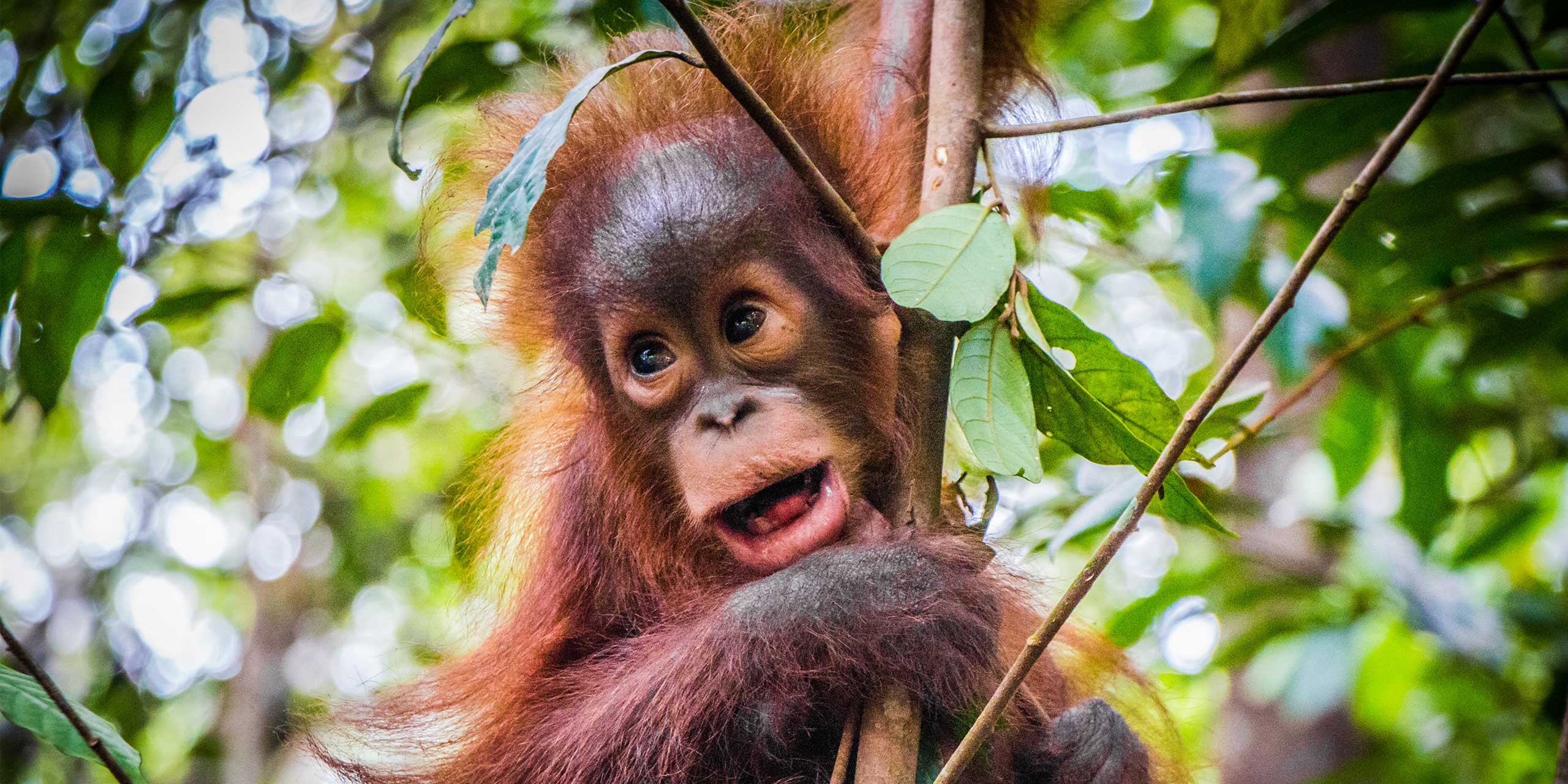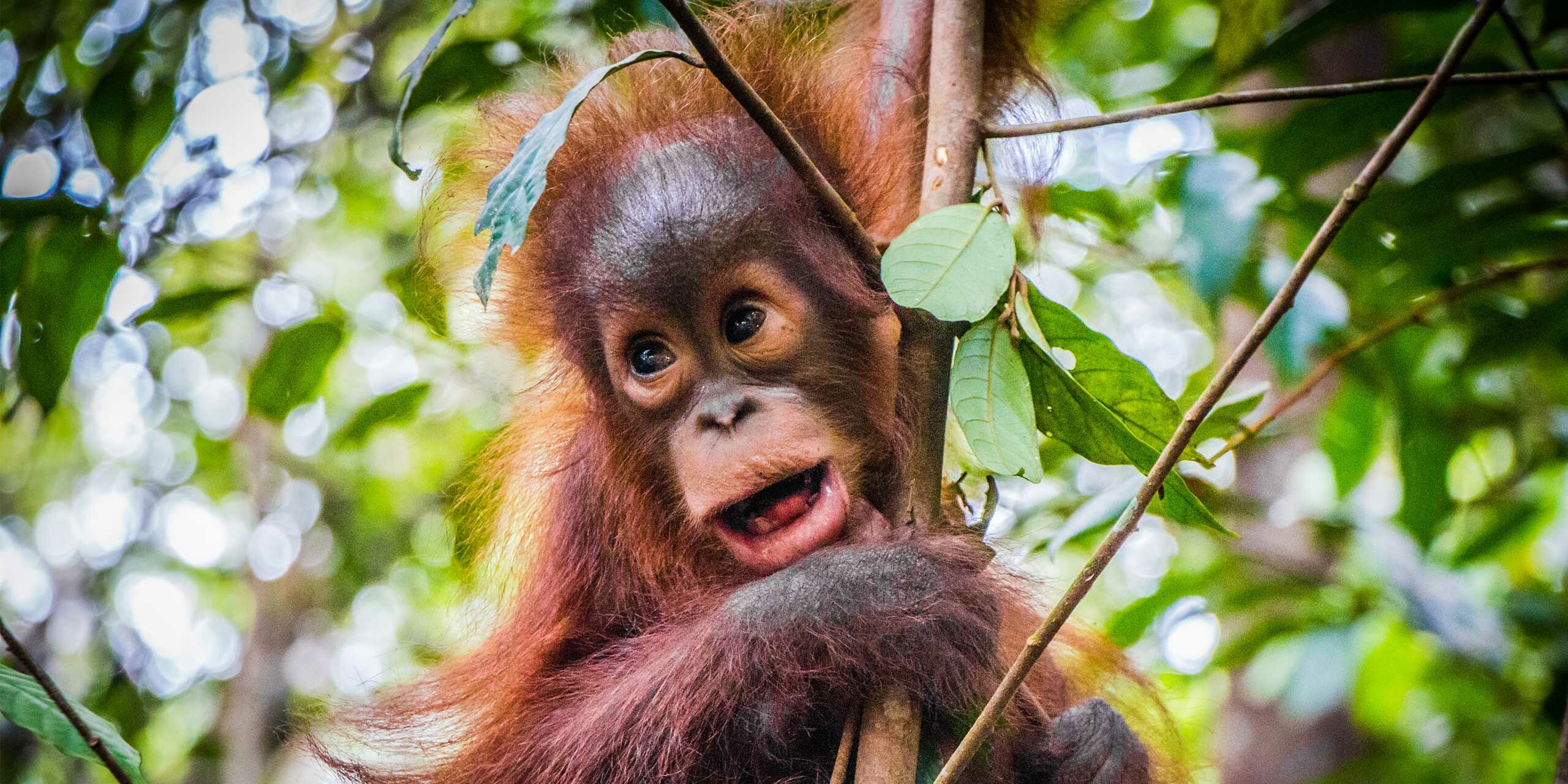
Giant red apes swing from trees. Mysterious pygmy elephants stomp through the thick jungle. Nowhere in the world’s imagination more represents the wildlife of Asia more than Borneo.
There are many highlights of a nature adventure through Borneo but only one true star: the orangutan. There are a number of sights travelers can see along the Kinabatangan River and beyond where visitors can enjoy the distinctive orange fur and gentle broad face of this incredible creature both in the wild and at rehabilitation centers.
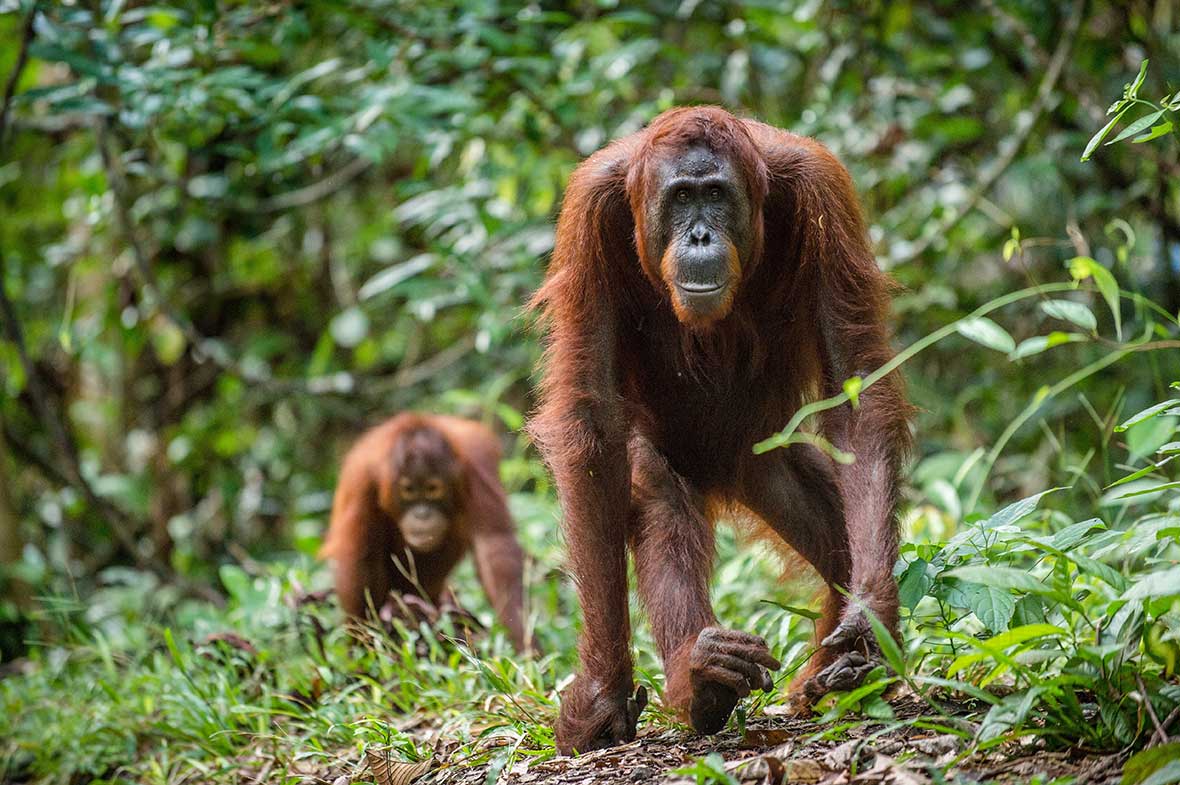
Set up by French conservationists, Dr. Isabelle Lackman and Dr. Marc Ancrenaz, the Kinabatangan Orangutan Conservation Project was developed in 1998 and the staff of 40 members work with NGOs and the local government to search for ways to protect the vulnerable “red ape” of Borneo.
The Kinabatangan River, the second longest river in Malaysia, is dense with remarkable wildlife: proboscis monkeys, langurs, and wild cats. Travelers can experience this primeval world with nature guides on river safaris and jungle treks.
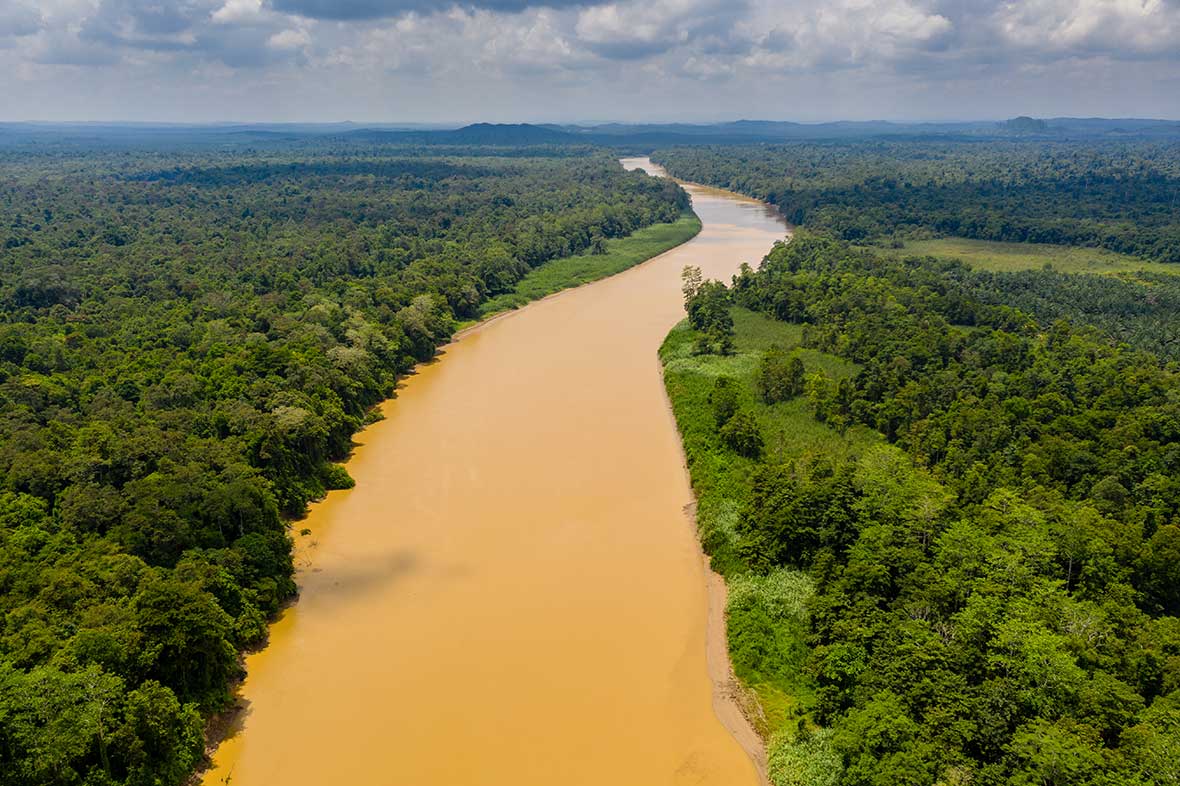
Avid adventurers and photographers come to this section of Borneo to look for saltwater crocodiles and keep an eagle-eye out for the colorful Birds of Paradise that made Borneo so famous in the 19th century.
South of the river, the Danum Valley Conservation Area is one of the world’s most biodiverse and ecologically important regions, consisting of lowland rainforest over around 400 square kilometers (240 miles).
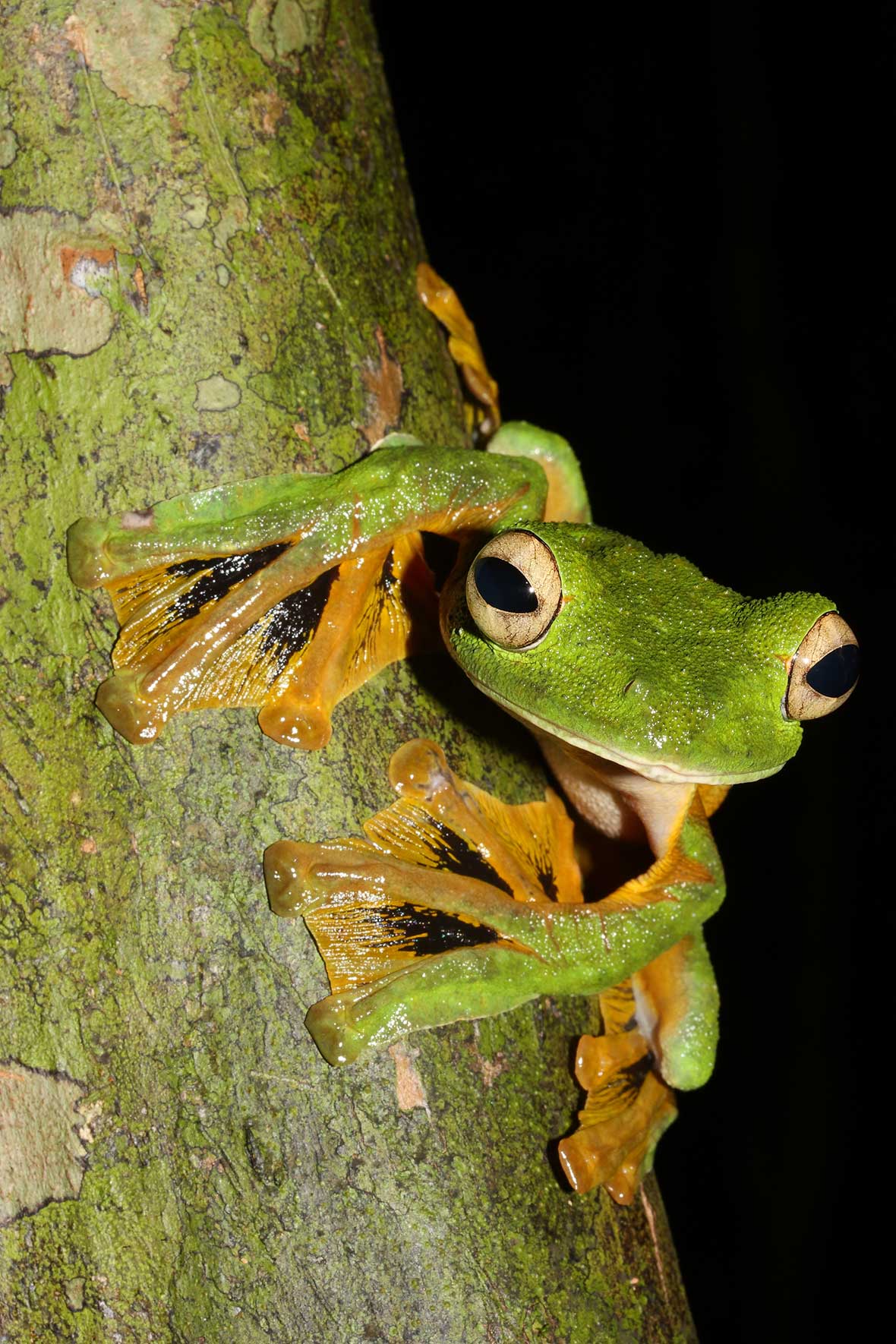
Before becoming a park in 1990, no humans lived here, no mining or logging — a truly untouched ecosystem. The 130-million-year-old primeval rainforest is a dream destination for any nature enthusiast, equipped with trails to vantage points, canopy walks, and a field center with a world-class research facility.
On nature walks through the lowlands, travelers can catch a glimpse othe the jungle in the raw, reveling in both the large and the small fauna, such as the Wallace flying frog. It might not seem like much at first, but this little amphibian is named for Alfred Russel Wallace whose work in animals in Borneo helped form Darwin’s theory of evolution.
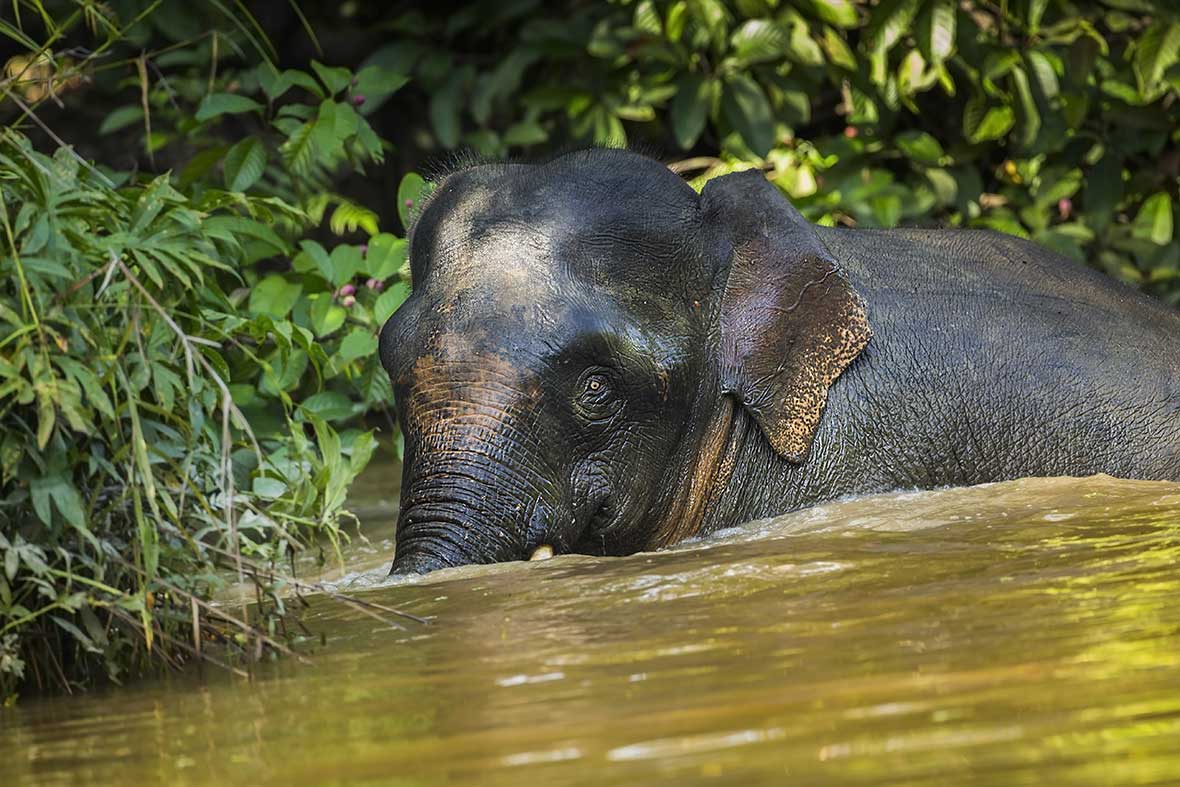
Despite rampant deforestation over the last few decades, Borneo boasts three nations, dozens of tribes, and some of the densest biodiversity on planet Earth. There has never been a better — or more important — time to go.
Read about more amazing wildlife destinations in our wildlife issue.

